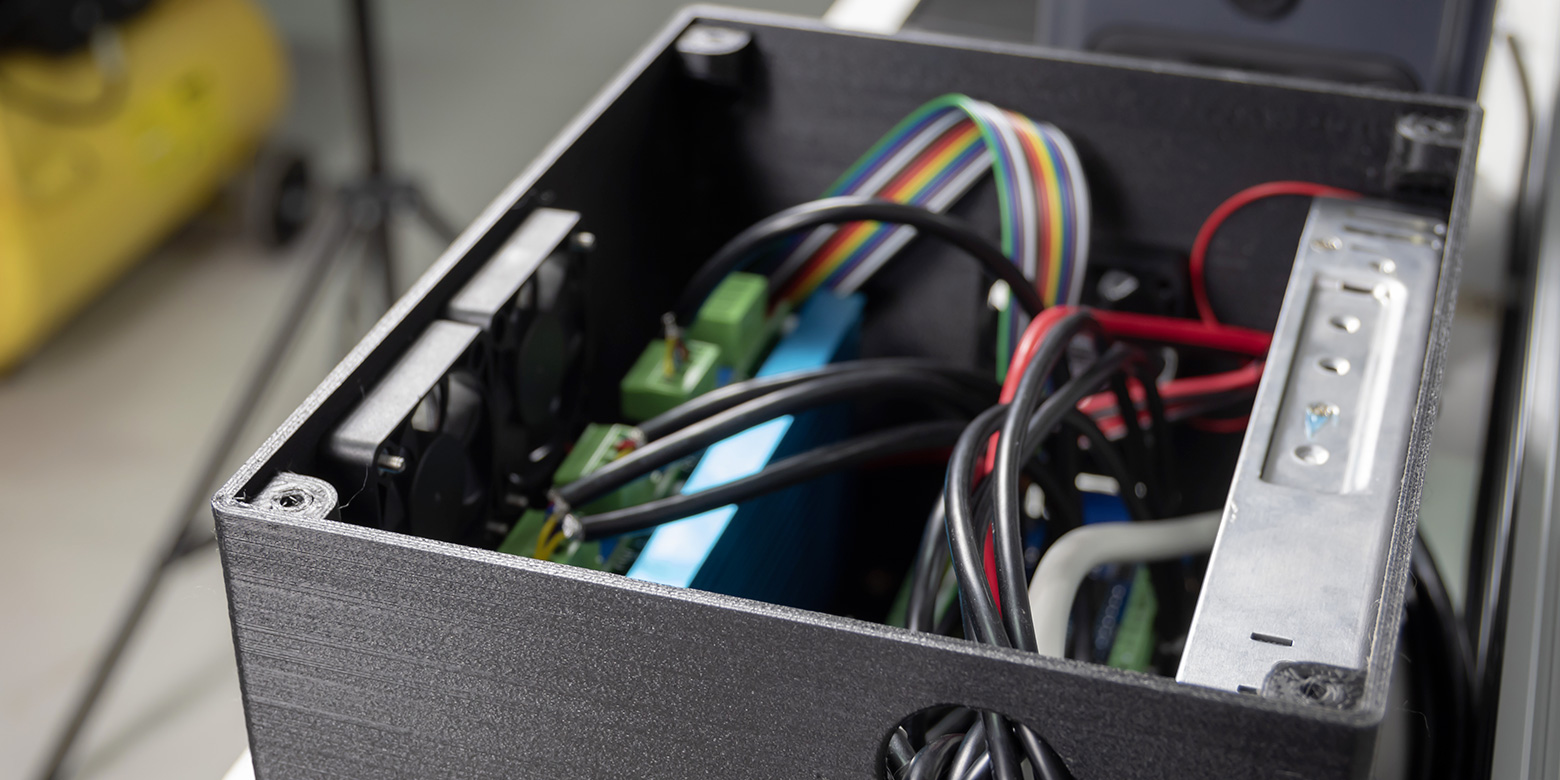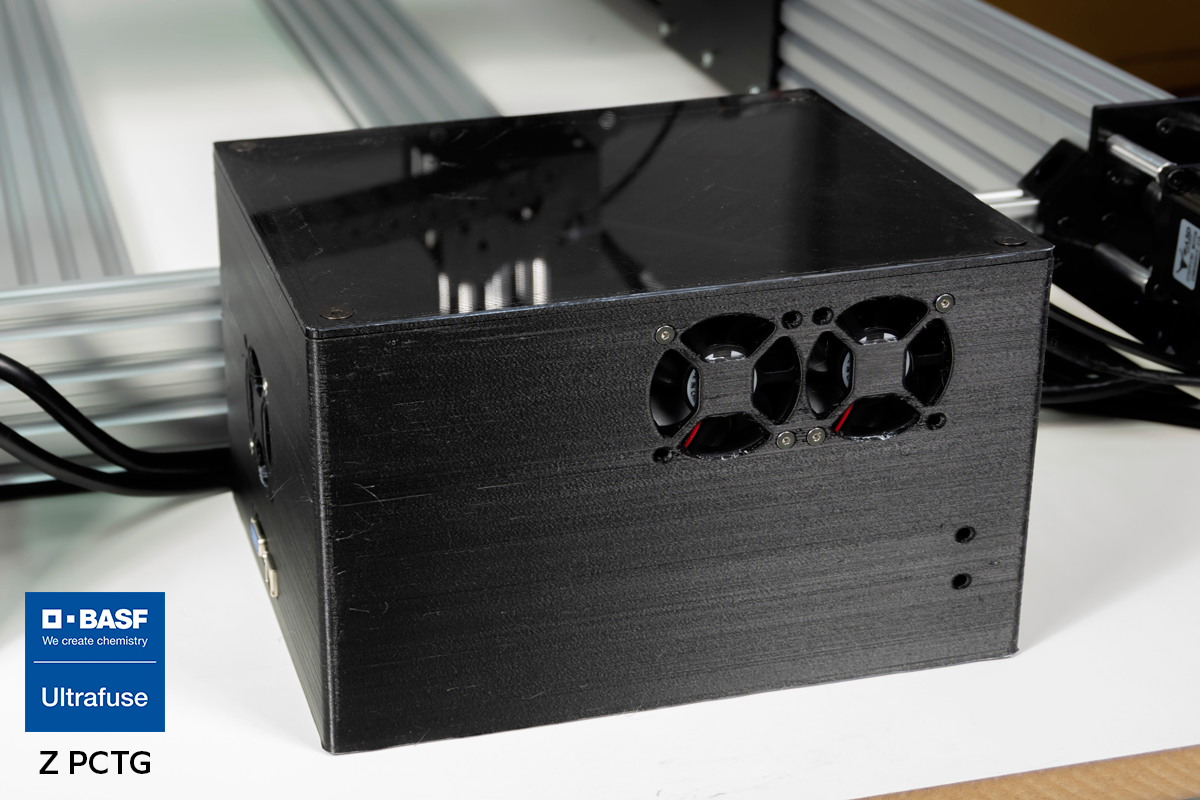
ESD Safe materials
"Electro Static Discharge Safe" (ESD) materials reduce static electricity (surface and localized accumulation of electric charges on a body composed of insulating material) and are therefore used to protect devices sensitive to electrostatic discharges.

The favorite experiment in physics lessons is the one in which a plastic material is electrostatically charged by friction. Similarly, components of machinery or industrial equipment can be electrostatically charged by friction.
When these voltages are discharged, they can be dangerous for humans both directly and indirectly: think of areas subject to the risk of fire and explosion, electricity can cause the ignition of explosive substances.
Electrostatic charges can also be the cause of electromagnetic failures on sensitive devices.
The use of electrically conductive and antistatic plastic materials may be the right solution.

The demand for antistatic materials is growing and now we can also make choices about the kind of antistatic material to use.
PCTG-ESD or PETG-ESD?
PETG is a filament with moderate mechanical strength and easy to print, which is often used to make medical devices, bottles, signage and other durable plastic products. The glycol modifier added to the polyethylene terephthalate helps improve the durability and printability of the filament.
PCTG is similar to PETG in application and molecular structure. However, PCTG has greater chemical resistance, a wider range of printability temperatures, and greater durability as the material ages. PCTG is also recyclable.
Ultrafuse Z PCTG is the first antistatic filament made by BASF.


